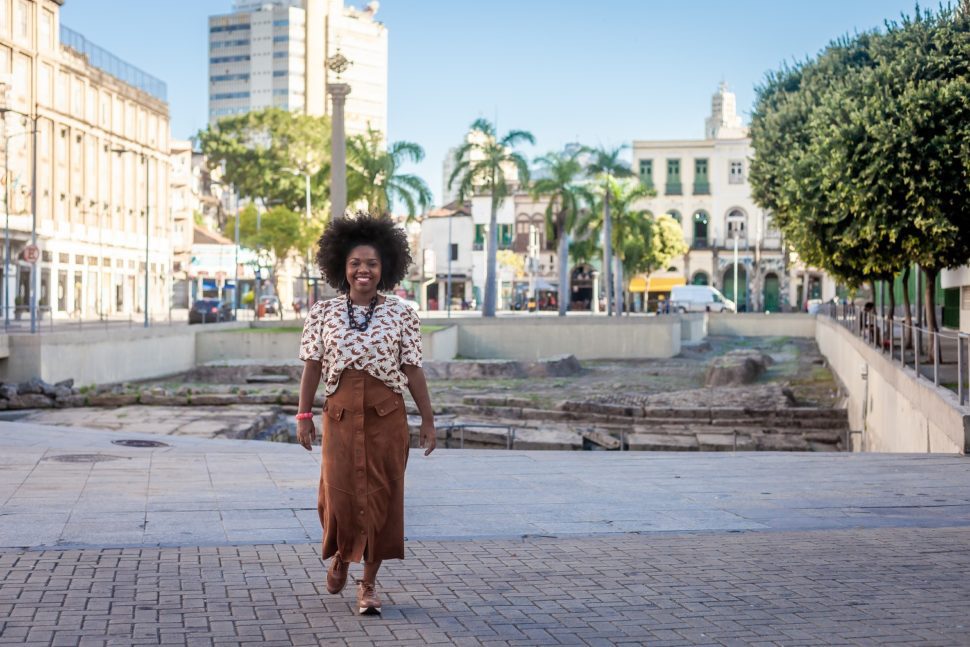Rio de Janeiro is known worldwide for its beautiful beaches, Sugar Loaf, the Christ the Redeemer statue and carnival parties— attracting tourists from all over the world. Yet, Rio also presents a very rich Afro-Brazilian heritage and culture, though it has been neglected throughout the country’s history.
Now, it is time to change that.
On May 25, Rio de Janeiro’s councilwoman Thais Ferreira, an Afro-Brazilian female political activist, launched the project ‘Defending Rio’s Little Africa,’ which intends to show and promote the importance of a historical Afro-Brazilian site located in Rio’s downtown region.
“With this project, we want to have a public debate among city council members, scholars, historians, and Black-owned businesses to discuss the importance of Rio’s Little Africa territory,” Ferreira told Travel Noire. “We want more public policies to promote culture, tourism and its heritage importance.”
The geographical site known as Little Africa, Pequena África in Portuguese, was the gateway door where most Africans were received to work as slaves in Brazil. In fact, Brazil is the country that imported the largest number of enslaved Africans in the Americas. It is estimated that roughly 5.1 million enslaved Africans arrived in Brazil between the 1600s and mid 1800s.
Rio hosted one of the biggest slave ports in the world.
Little Africa was also a place where freed Black people established themselves to create a huge Black settlement, after the ending of transatlantic slave trade in 1850. Being closer to Rio’s port was very strategic as they could find jobs as stackers and other occupations related to port activities.
Since then, Little Africa has become a location of historical events, including cultural meetings, artists, Black-owned business and political movements to preserve their African roots.
Although the area suffered from an urban transformation of the city in the early 1900s, pushing those inhabitants to live in other areas, some characteristics still remain.
The Valongo Wharf, for example, is a place where most enslaved Africans entered Rio and where a large slave market existed.
In 2017, the Wharf has been declared a World Heritage site by the Unesco. Another important place to visit is Pedra do Sal (The Salt Rock), where freed Black people dwelled and promoted Afro-Brazilain culture such as Samba music and capoeira (Afro-Brazilian martial art that combines elements of dance, acrobatics, and music).
However, despite its importance to Brazil’s history, Little Africa has been abandoned for decades.
According to Ferreira, the reason might be the attempt of wiping out the Afro-Brazilian heritage in the city.
“I can’t imagine another reason, but racism. Even with international recognition, Rio’s Little Africa still doesn’t have the infrastructure to receive visitors and tourists. We are going to change that, by demanding more investments from the city hall.”
